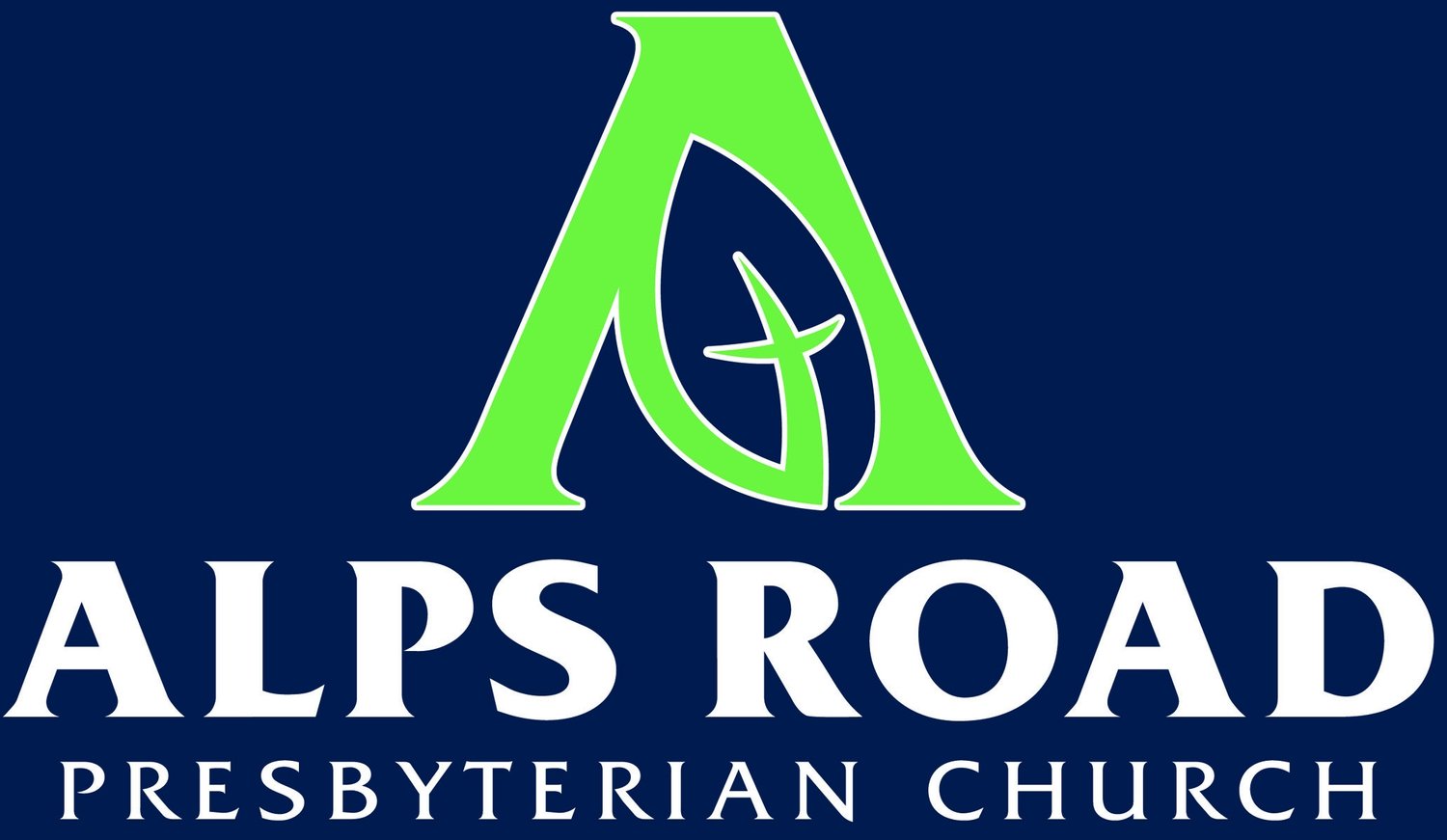How Accurate Is the Bible?
“Now there was in Jerusalem, by the Sheep Gate, a pool in Aramaic called Bethesda, which has five roofed colonnades. In these lay a multitude of invalids – blind, lame, and paralyzed.” John 5:2. Footnote – Some ancient manuscripts insert after verse 2, “waiting for the moving of the water, for an angel of the Lord went down at certain seasons into the pool and stirred the water. Whoever stepped in first after the stirring of the water was healed of whatever disease he had.”
How confident are we in the accuracy of the Bible? That is, do we know that what we read today is what the writers of scripture originally wrote? We do not have any of the original manuscripts for any book in the Bible. This is because they were written thousands of years ago on parchment. The original documents have long disintegrated. The Bible is available to us because faithful people copied the manuscripts. But how faithfully were they copied? Did errors creep in through the centuries?
There is a discipline of biblical studies called “textual analysis.” It works to discover the original readings for all the books in the Bible. Those who work in it must become experts in the ancient languages such as Hebrew and Aramaic for the Old Testament and Greek and Aramaic for the New Testament. But how are they able to discern what the original writers of the Bible said?
One great advantage for biblical research is that we have many ancient manuscripts. For the New Testament, we have 5,000 ancient Greek manuscripts, 10,000 Latin manuscripts, and 9,000 in other languages. This is far superior to any other ancient writing. For example, we only have 7 ancient copies of the works of Plato.
Scholars have discovered that, for the New Testament, there are “families” of manuscripts. These families can be identified by variant readings that are found in a group of manuscripts. For example, if an error or change was made in a certain verse in a book in the Bible, all the manuscripts copied from that version can be identified because they contain that change or error. The existing New Testament manuscripts can be grouped into three “families.” One is called the Byzantine family and is the manuscript from which the King James Version of the Bible came. Another is called the Western family for it seems to have originated in Western Europe. A third set of manuscripts is called the Alexandrian family and seems to have originated in Egypt.
Scholars today think that the Alexandrian manuscripts are generally closer to the original readings than the others. Scholars use a number of principles to try to ascertain the original reading. For example, scholars tend to believe that the most difficult reading is probably the oldest, since it seems more likely that someone would smooth out a difficult reading rather than make an easy saying into a difficult one. They also think the shortest reading is often the best, because explanatory notes are more likely to be added than removed.
John 5:2 is one example. The best manuscripts do not contain the statement about the stirring of the water by an angel. It is listed in the footnotes because it is found in the Byzantine manuscripts, but not the others. Most scholars today think it was probably added later on to help explain the meaning of the story. In this instance, their reasoned opinion is that the shorter reading, without the explanatory note, is probably the original.
Today scholars believe they know, with great confidence, what was in the original manuscripts of the books of the Bible, especially for the New Testament. This gives us confidence in the accuracy and reliability of the Bible.
